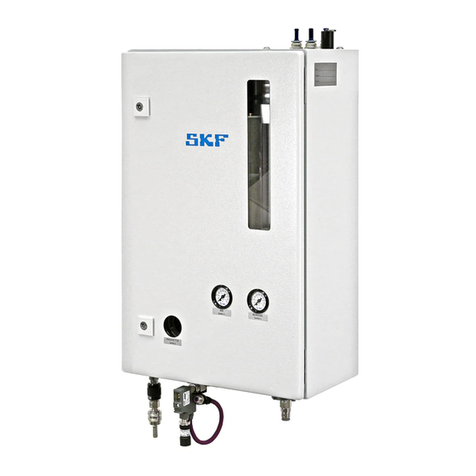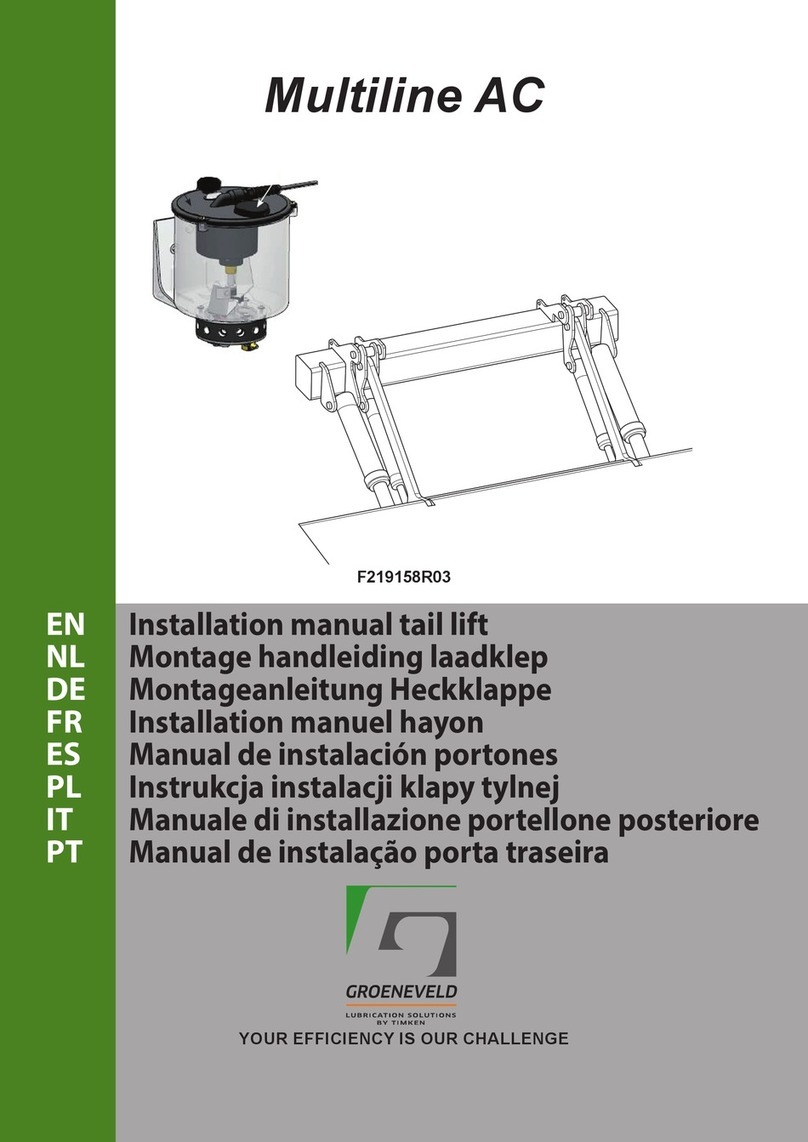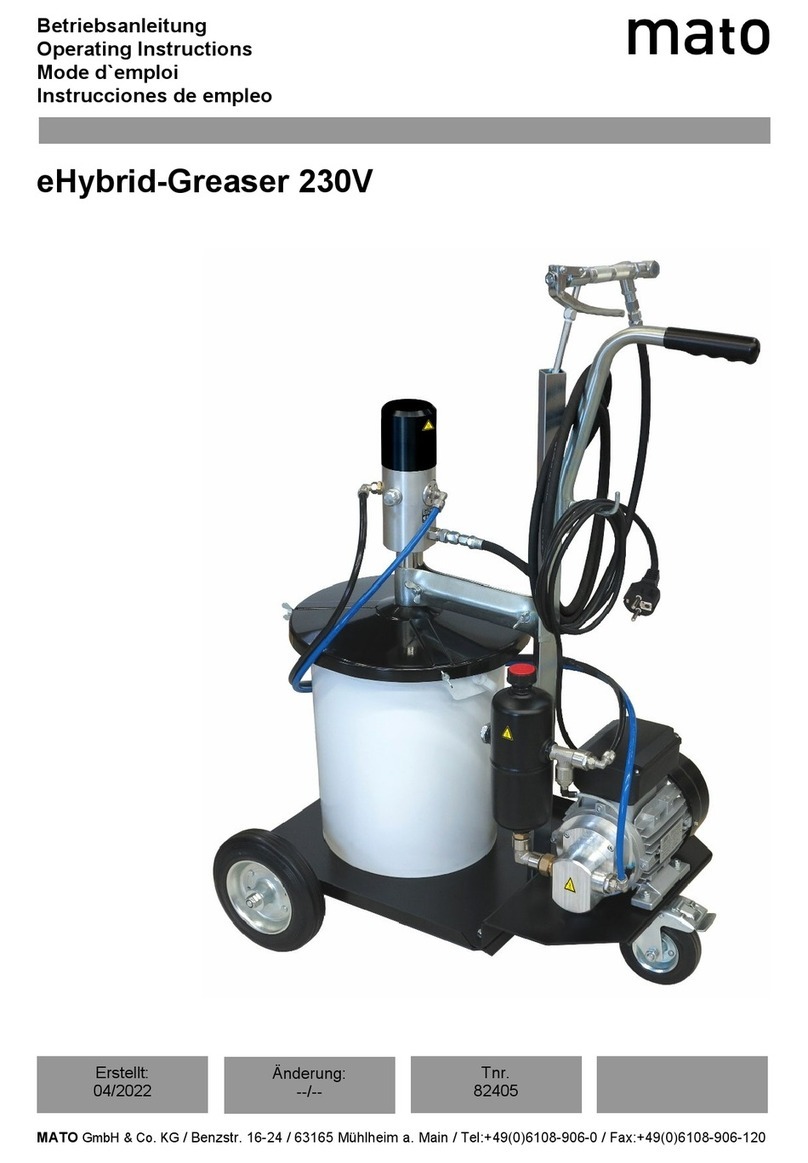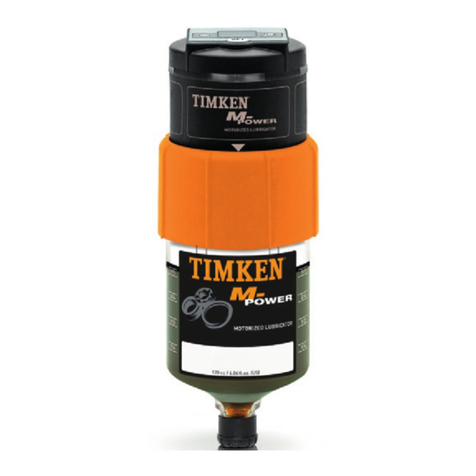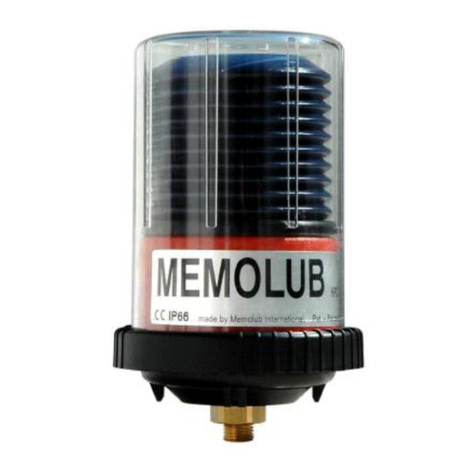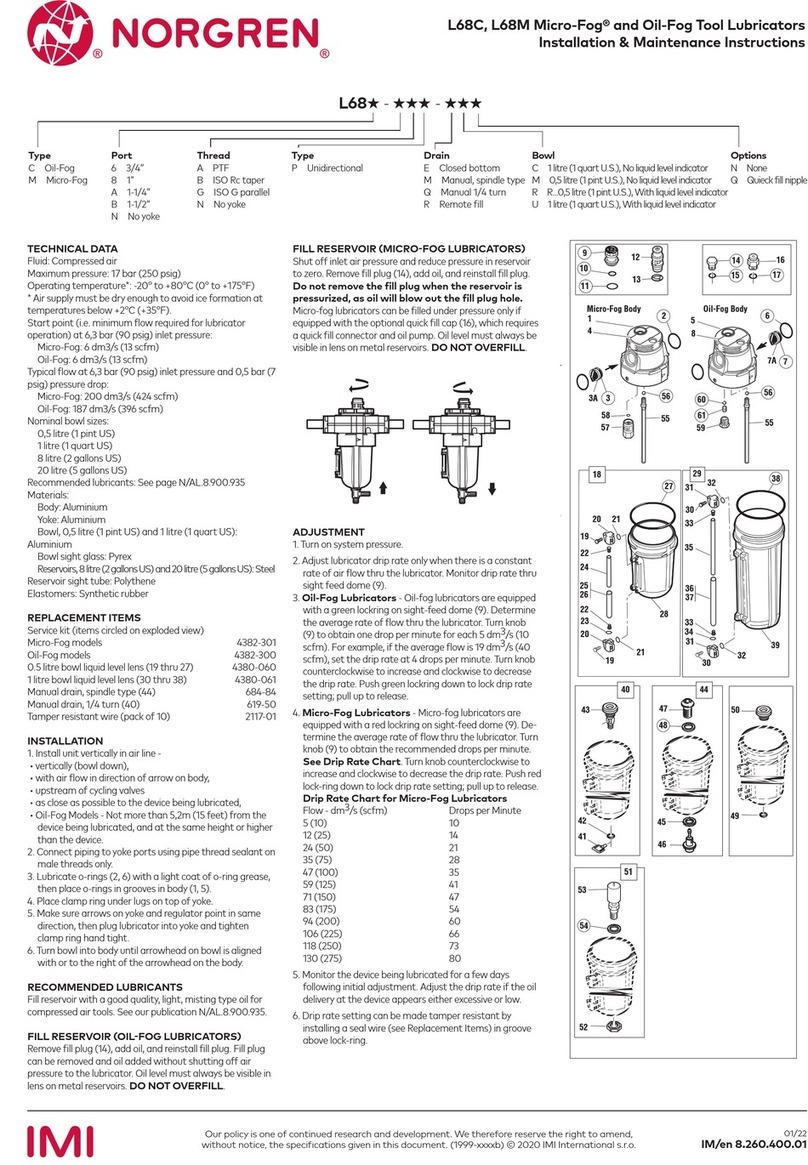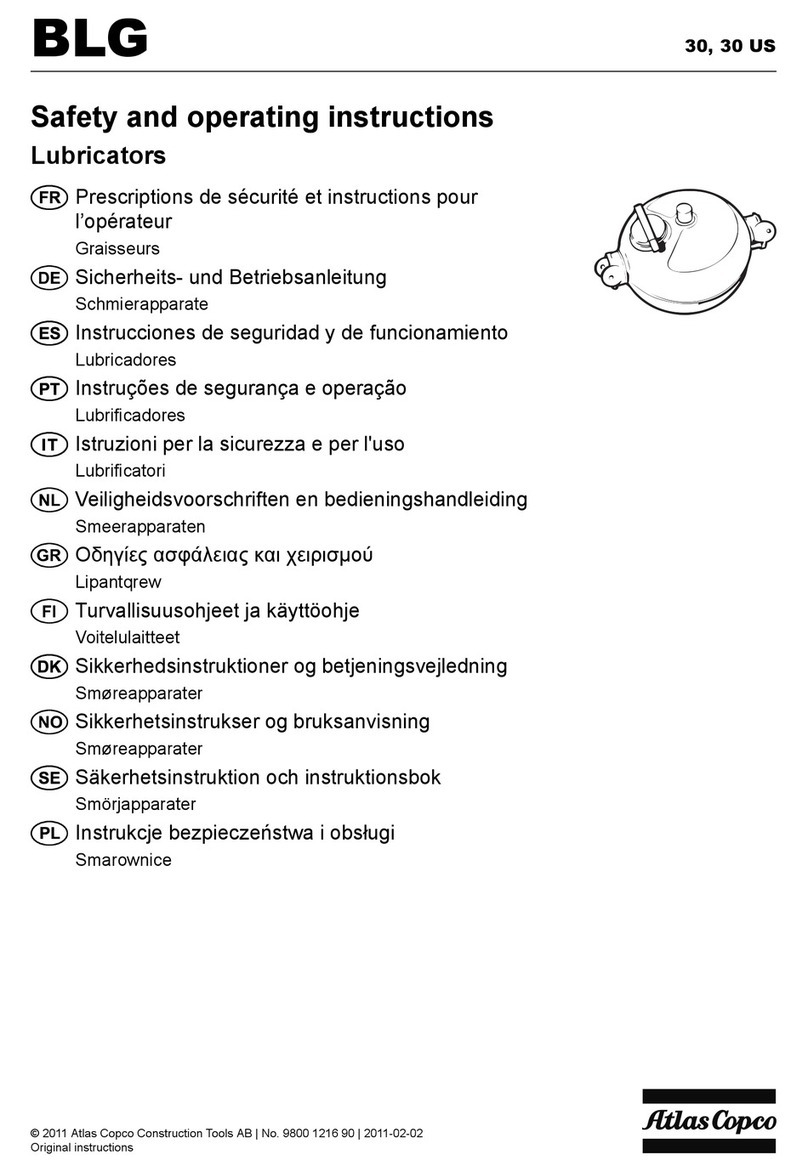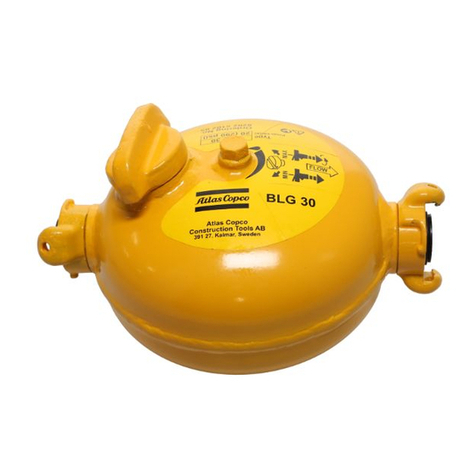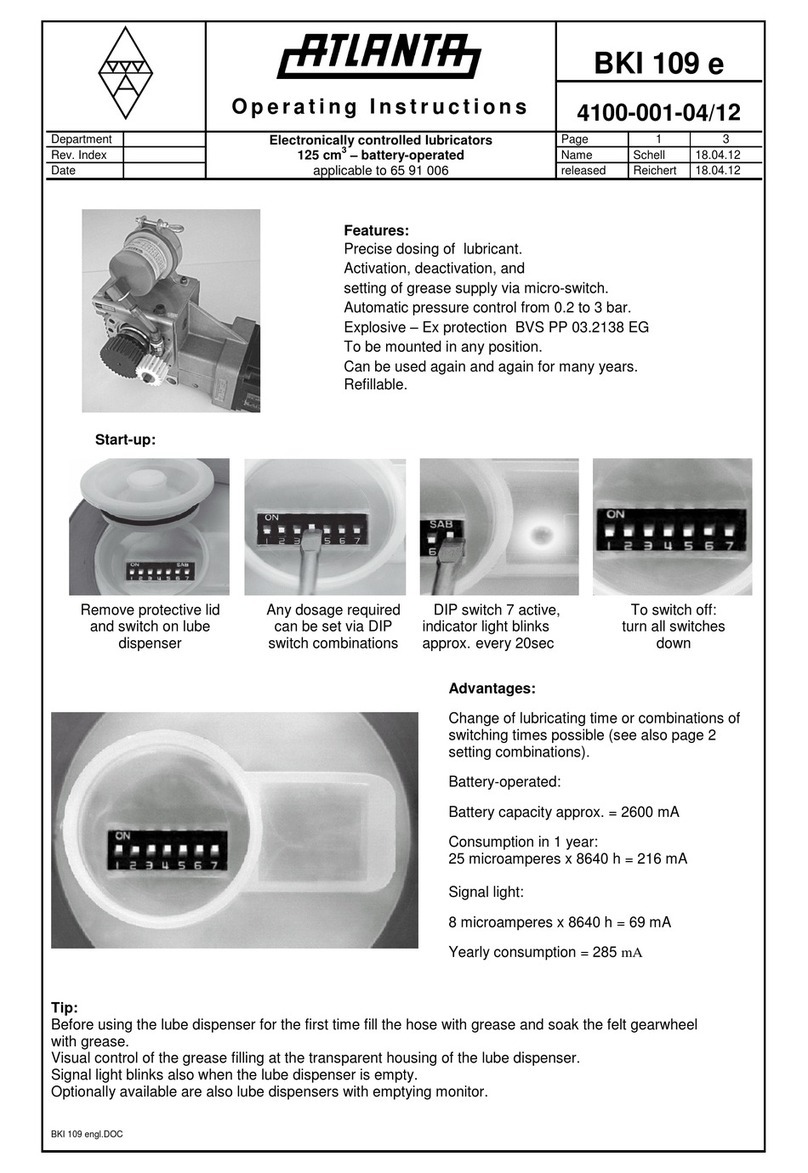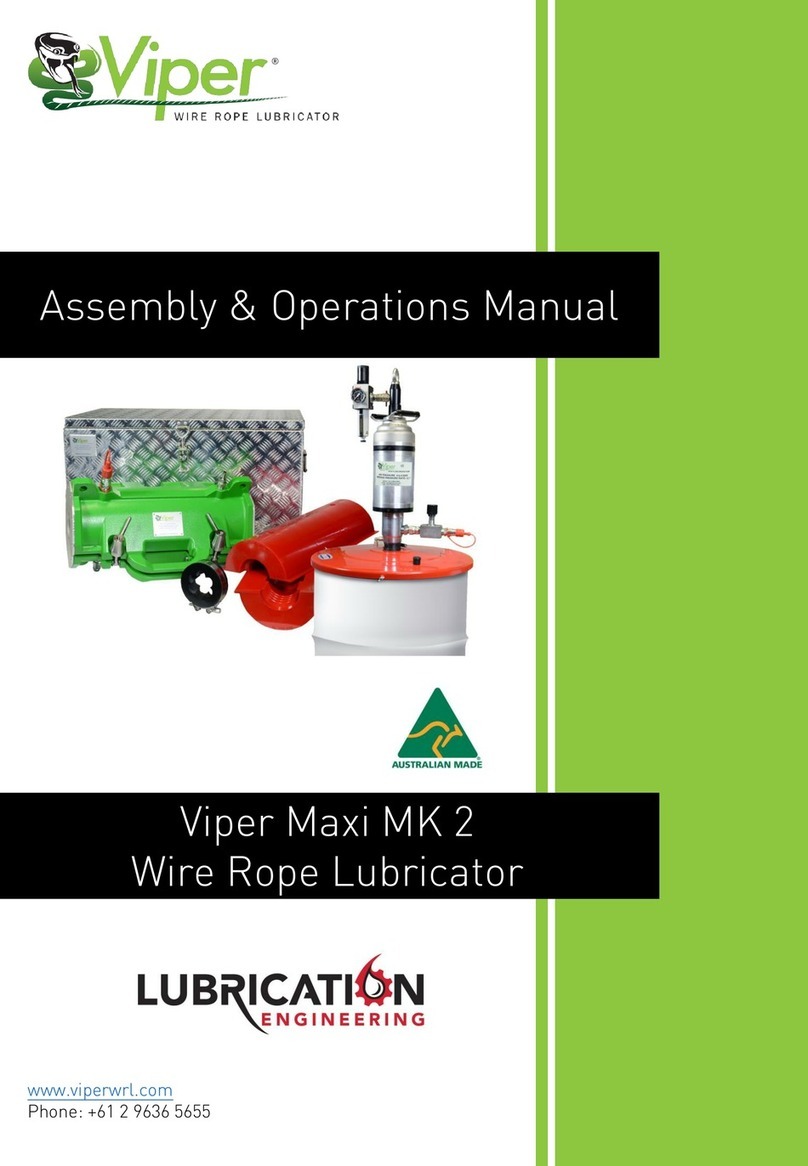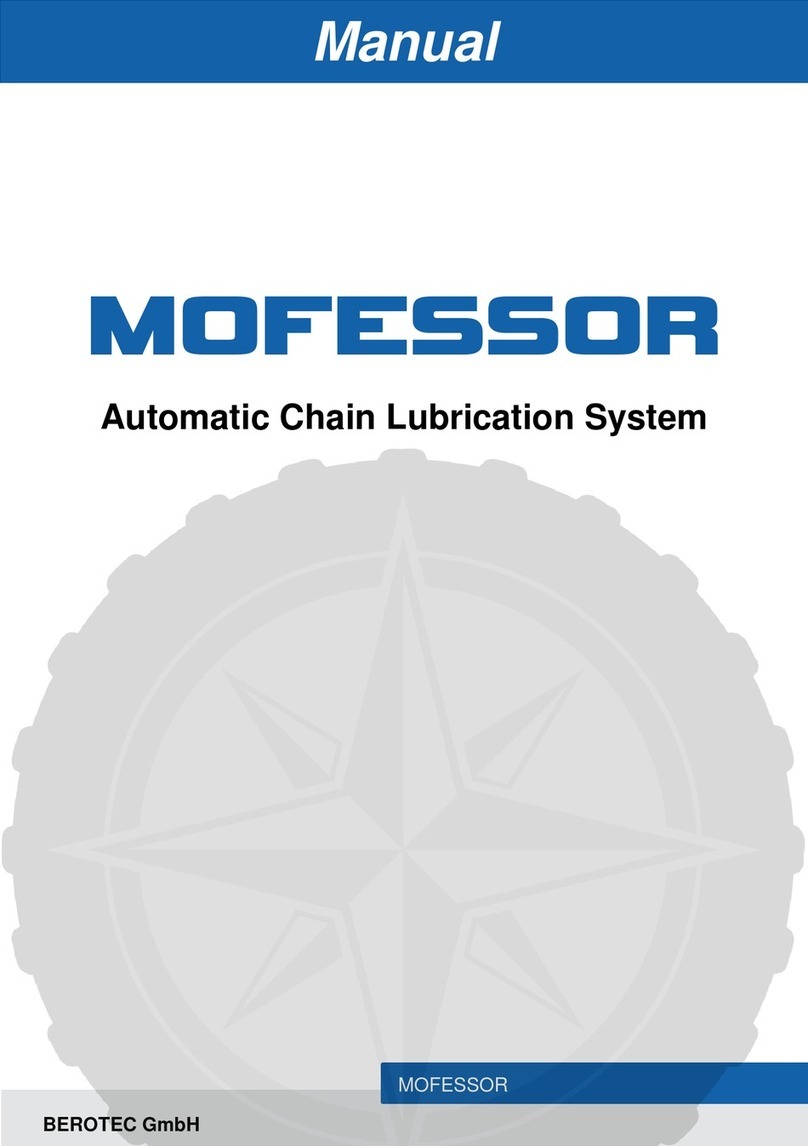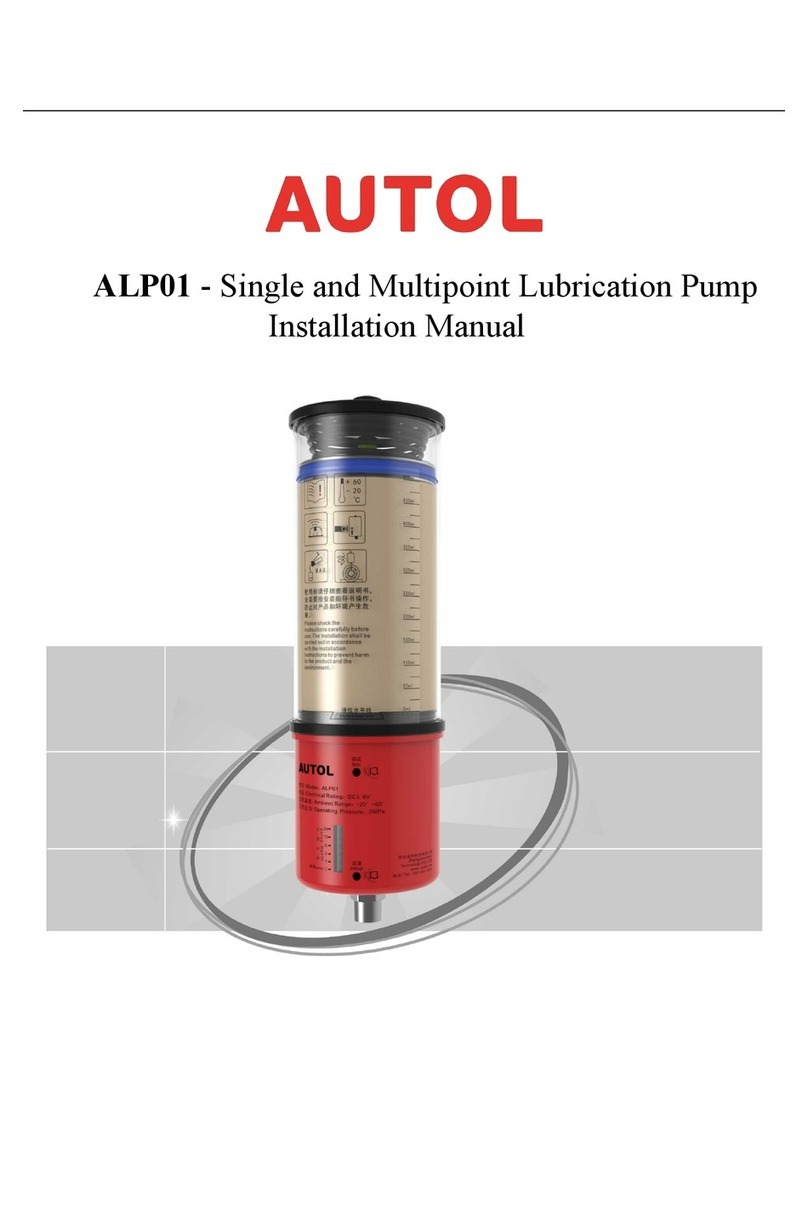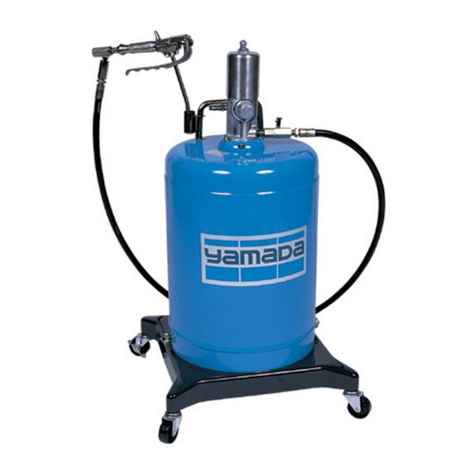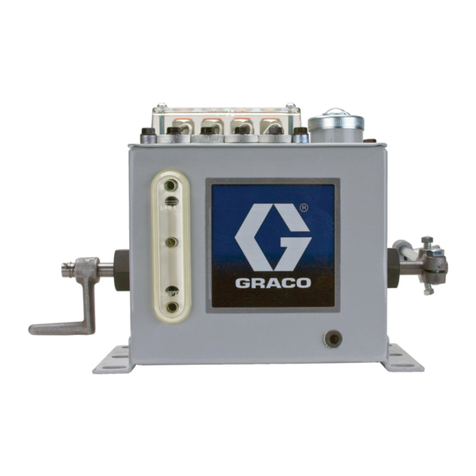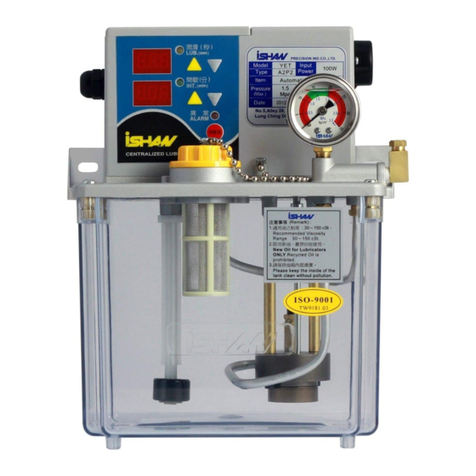
Safety instructions
To reduce the risk of serious injury or death to
yourself or others, read and understand the Safety
and operating instruction before installing, operating,
repairing, maintaining, or changing accessories on
the machine.
Post this Safety and operating instruction at work
locations, provide copies to employees, and make
sure that everyone reads the Safety and operating
instruction before operating or servicing the machine.
For professional use only.
In addition, the operator or the operator's employer
must assess the specific risks that may be present
as a result of each use of the machine.
Safety signal words
The safety signal words Danger, Warning and
Caution have the following meanings:
Indicates a hazardous situation
which, if not avoided, will result
in death or serious injury.
DANGER
Indicates a hazardous situation
which, if not avoided, could
result in death or serious injury.
WARNING
Indicates a hazardous situation
which, if not avoided, could
result in minor or moderate
injury.
CAUTION
Personal precautions and
qualifications
Only qualified and trained persons may operate or
maintain the machine. They must be physically able
to handle the bulk, weight, and power of the tool.
Always use your common sense and good
judgement.
Personal protective equipment
Always use approved protective equipment.
Operators and all other persons in the working area
must wear protective equipment, including at a
minimum:
●Impact resistant eye protection with side protection
●Protective gloves
Drugs, alcohol or medication
WARNING Drugs, alcohol or medication
Drugs, alcohol or medication may impair your
judgment and powers of concentration. Poor
reactions and incorrect assessments can lead to
severe accidents or death.
►Never use the machine when you are tired or
under the influence of drugs, alcohol or
medication.
►No person who is under the influence of drugs,
alcohol or medication may operate the machine.
Installation, precautions
DANGER Whipping air hose
A compressed air hose that comes loose can lash
around and cause personal injury or death. To reduce
this risk:
►Check that the compressed air hose and the
connections are not damaged, replace if
necessary.
►Check that all compressed air connections are
properly attached.
►Never carry a pneumatic machine by the air hose.
►Never attempt to disconnect a compressed air
hose that is pressurized. First switch off the
compressed air at the compressor and then bleed
the machine by activating the start and stop
device.
►Do not use quick disconnect couplings at tool inlet.
Use hardened steel (or material with comparable
shock resistance) threaded hose fittings.
►Whenever universal twist couplings (claw
couplings) are used, we recommend that lock pins
are installed and whipcheck safety cables are used
to safeguard against possible hose to tool and
hose to hose connection failure.
►Never point a compressed air hose at yourself or
anyone else. To avoid the risk of getting injured,
never use compressed air to blow for example
dust, dirt etc. from your clothes.
Operation, precautions
DANGER Pressurized lubricator hazard
When the lubricator is connected to a compressed
air line, the oil chamber is pressurized. If the filler
plug is loosened, there is a risk of oil being ejected
which can cause personal injury.
►Always disconnect the lubricator from the
compressed air line before loosening the filler plug.
© 2015 Construction Tools PC AB | No. 9800 1172 01a | 2015-04-10
Original instructions
6
CLG 10, 10 US, 30, 30 USSafety and operating instructions
